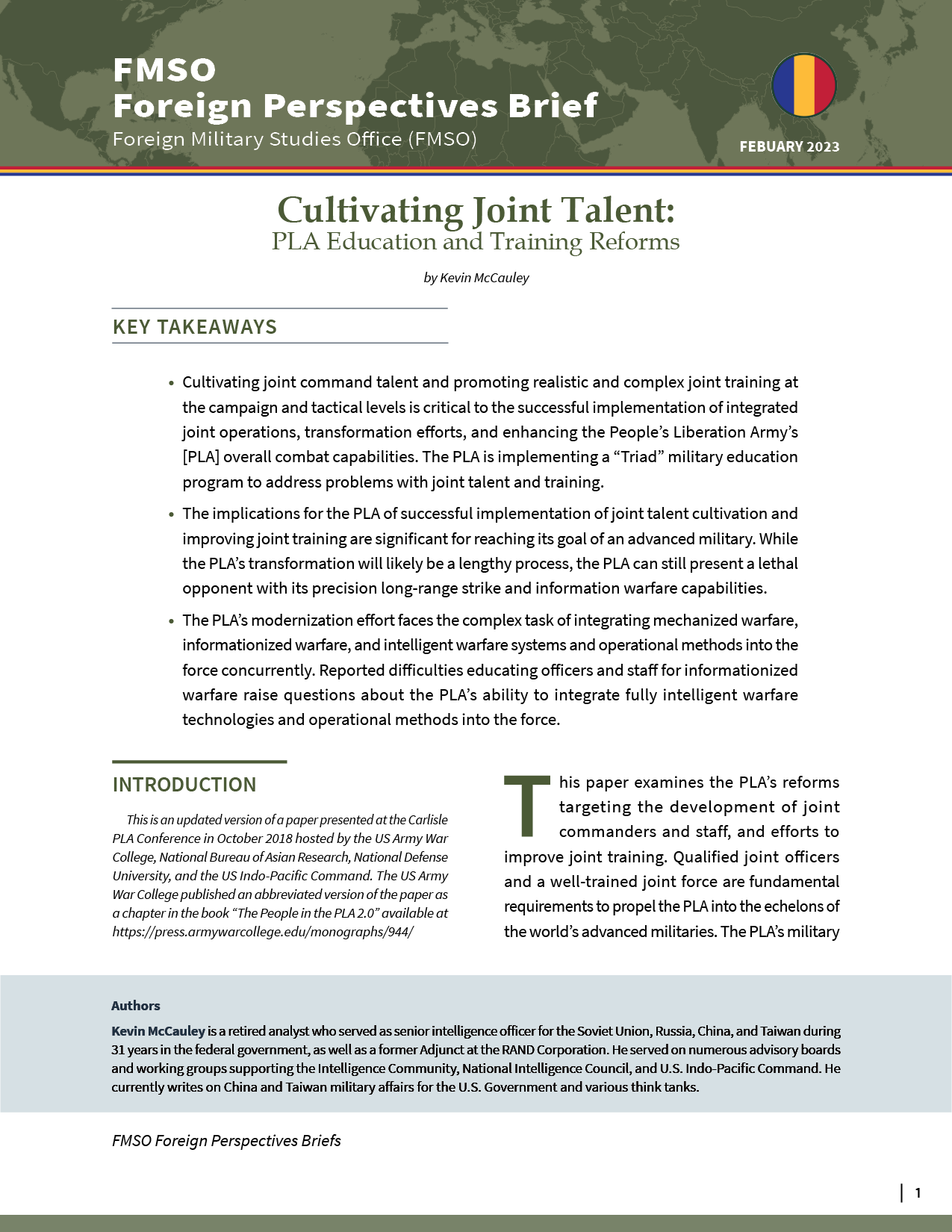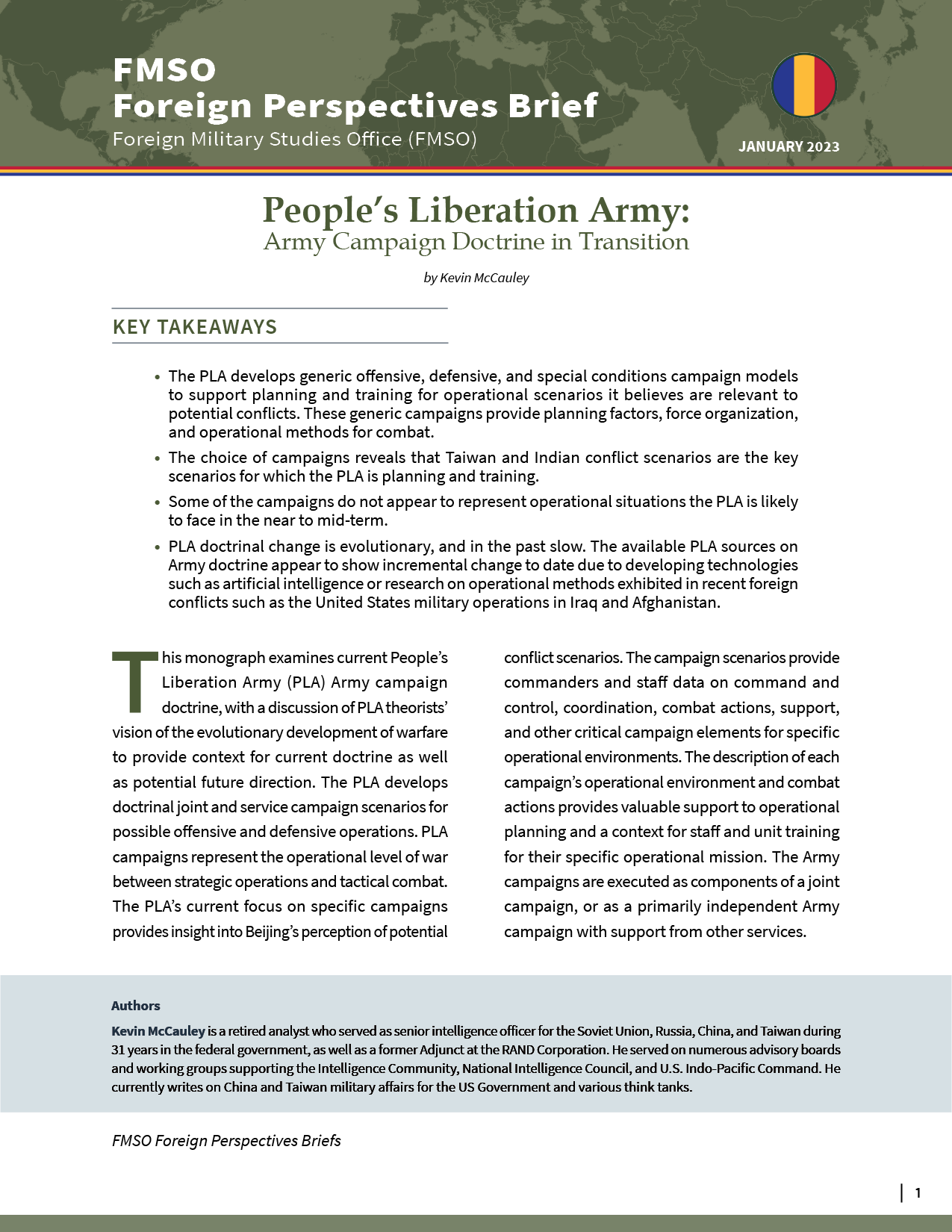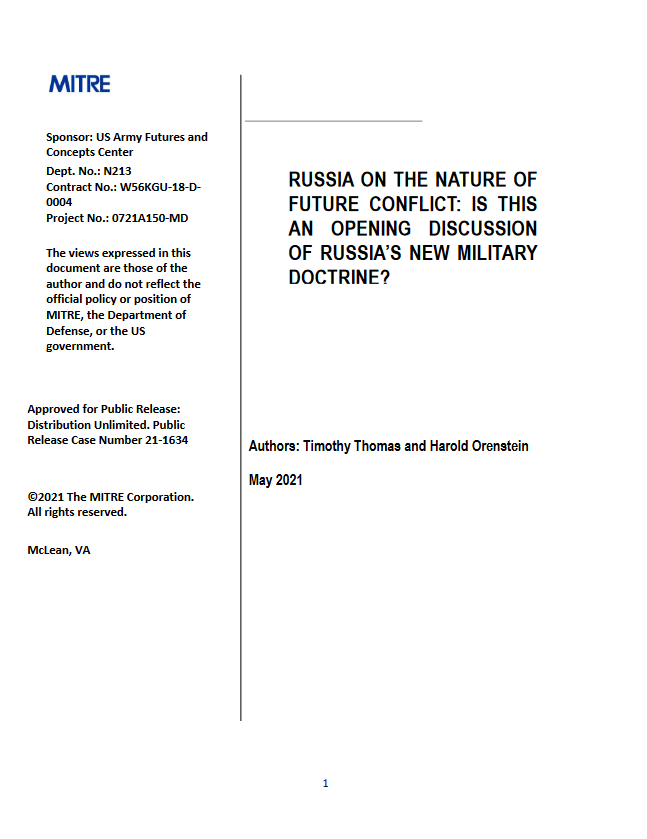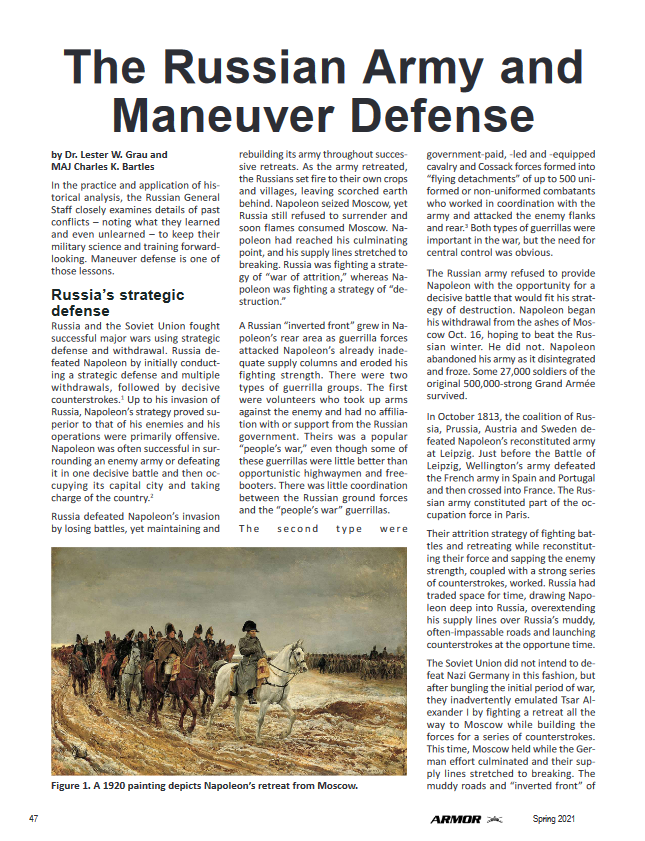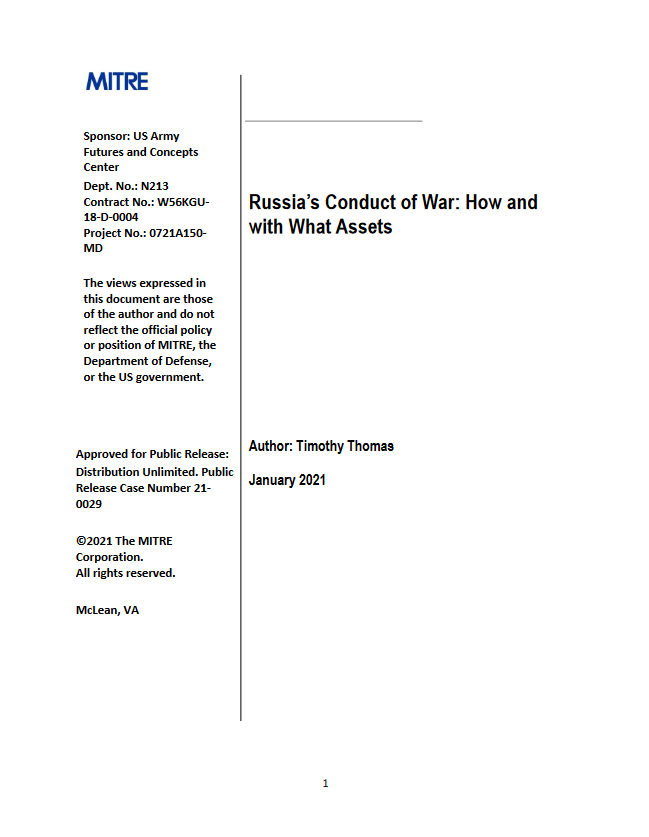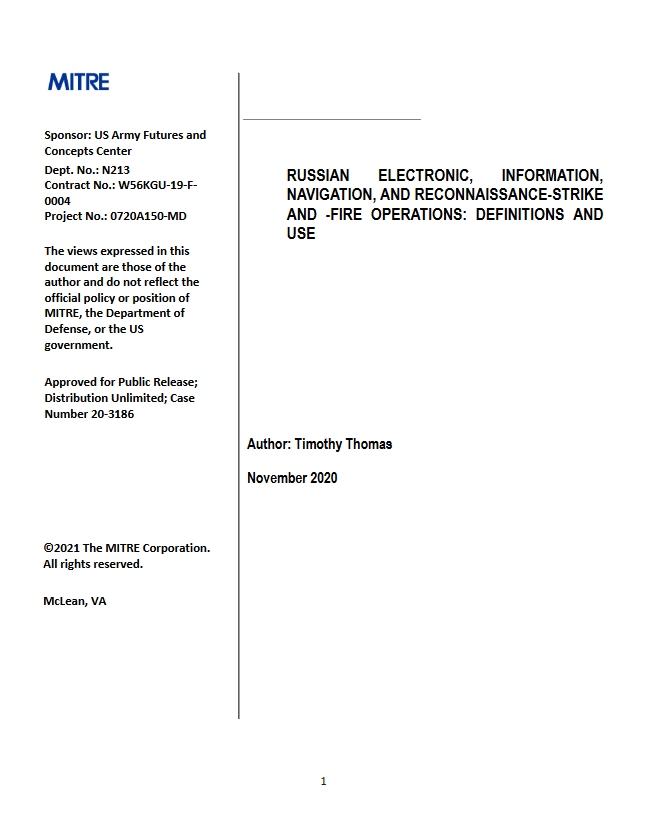(Click image to download brief.)
KEY TAKEAWAYS
- Cultivating joint command talent and promoting realistic and complex joint training at the campaign and tactical levels is critical to the successful implementation of integrated joint operations, transformation efforts, and enhancing the People’s Liberation Army’s [PLA] overall combat capabilities. The PLA is implementing a “Triad” military education program to address problems with joint talent and training.
- The implications for the PLA of successful implementation of joint talent cultivation and improving joint training are significant for reaching its goal of an advanced military. While the PLA’s transformation will likely be a lengthy process, the PLA can still present a lethal opponent with its precision long-range strike and information warfare capabilities.
- The PLA’s modernization effort faces the complex task of integrating mechanized warfare, informationized warfare, and intelligent warfare systems and operational methods into the force concurrently. Reported difficulties educating officers and staff for informationized warfare raise questions about the PLA’s ability to integrate fully intelligent warfare technologies and operational methods into the force.

